The house was completed in 1868. It was built for Frederick Sargood. Sargood made his money selling soft-goods on the goldfields. The house is named after his mother’s maiden-name, Rippon. Lea is an English word for meadow. The property was a large, self sufficient suburban estate, about twice the size it is now. The mansion was originally 15 rooms; it currently has 33 rooms. Sargood moved in with his first wife, Marian, and their 9 surviving children. There were 7 maids, a butler, 7 gardeners, a coachman and a groom. Sargood was a typical man of the Victorian Age – visionary and practical. This resulted in an elaborate underground watering system and the house having its own electricity supply. Unusually for its time, the house had internal toilets. Sargood was a keen gardener who was particularly interested in orchids and ferns. A large number of plants were imported.
-
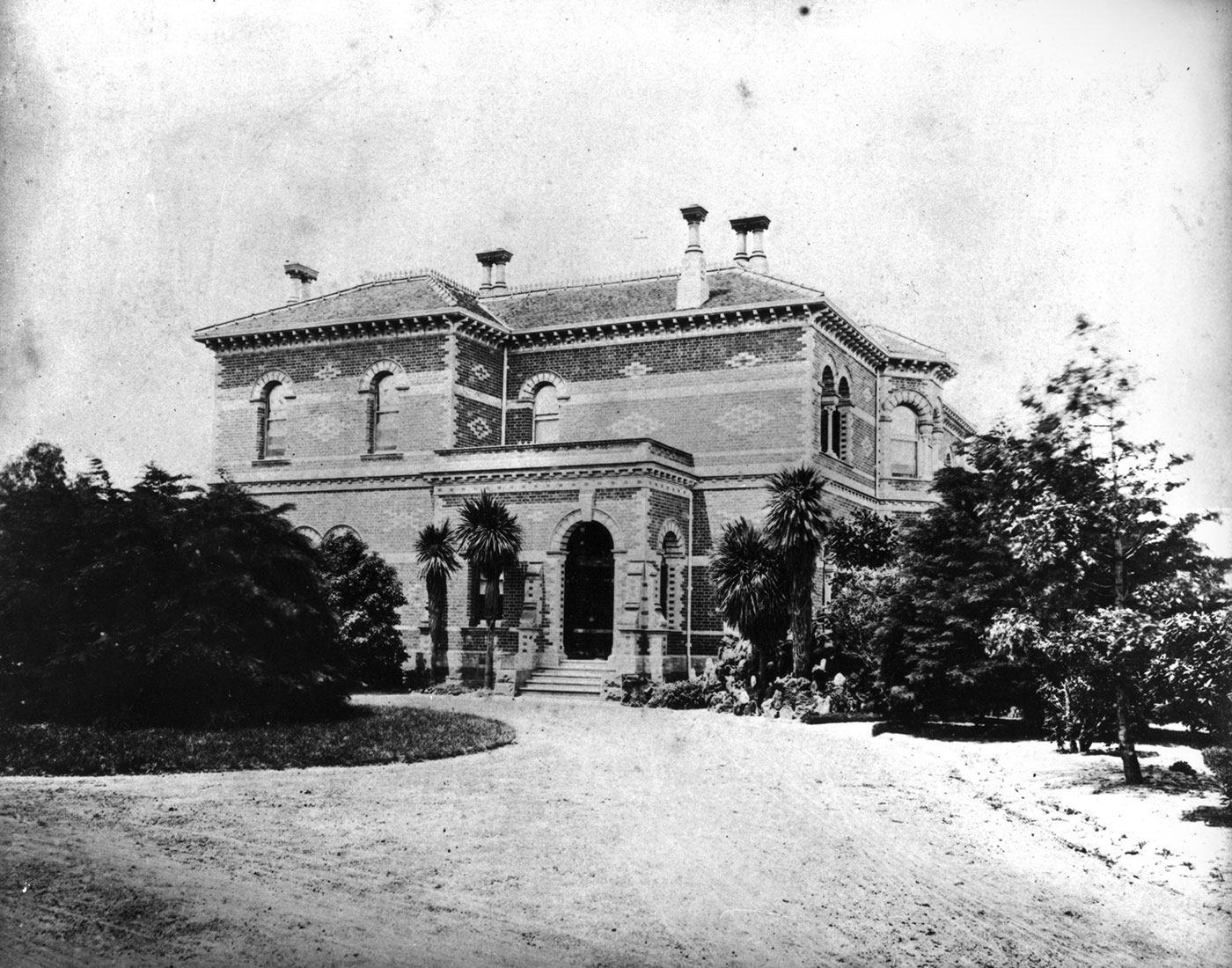 1860s
1860s -
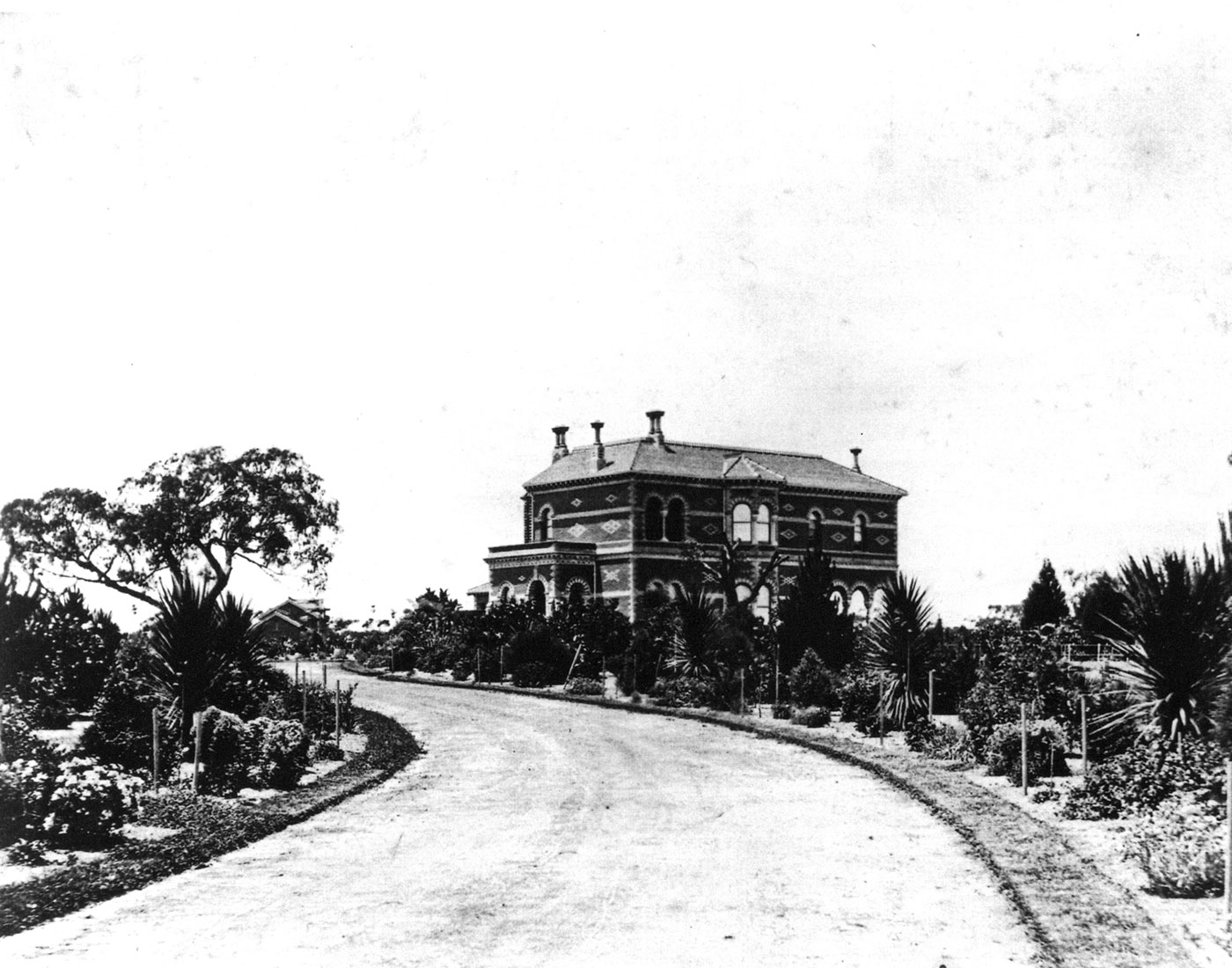 1880s
1880s -
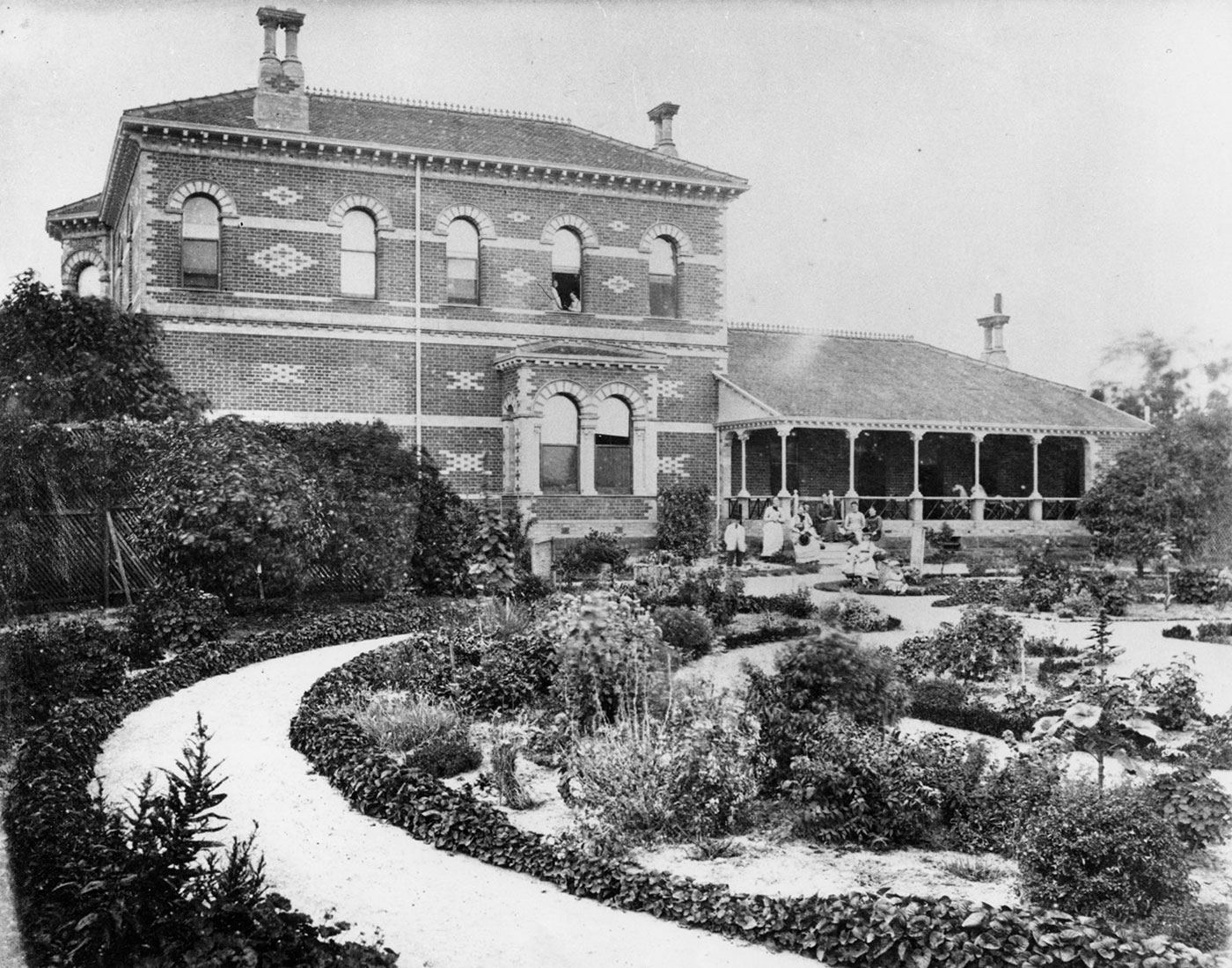 1890s
1890s -
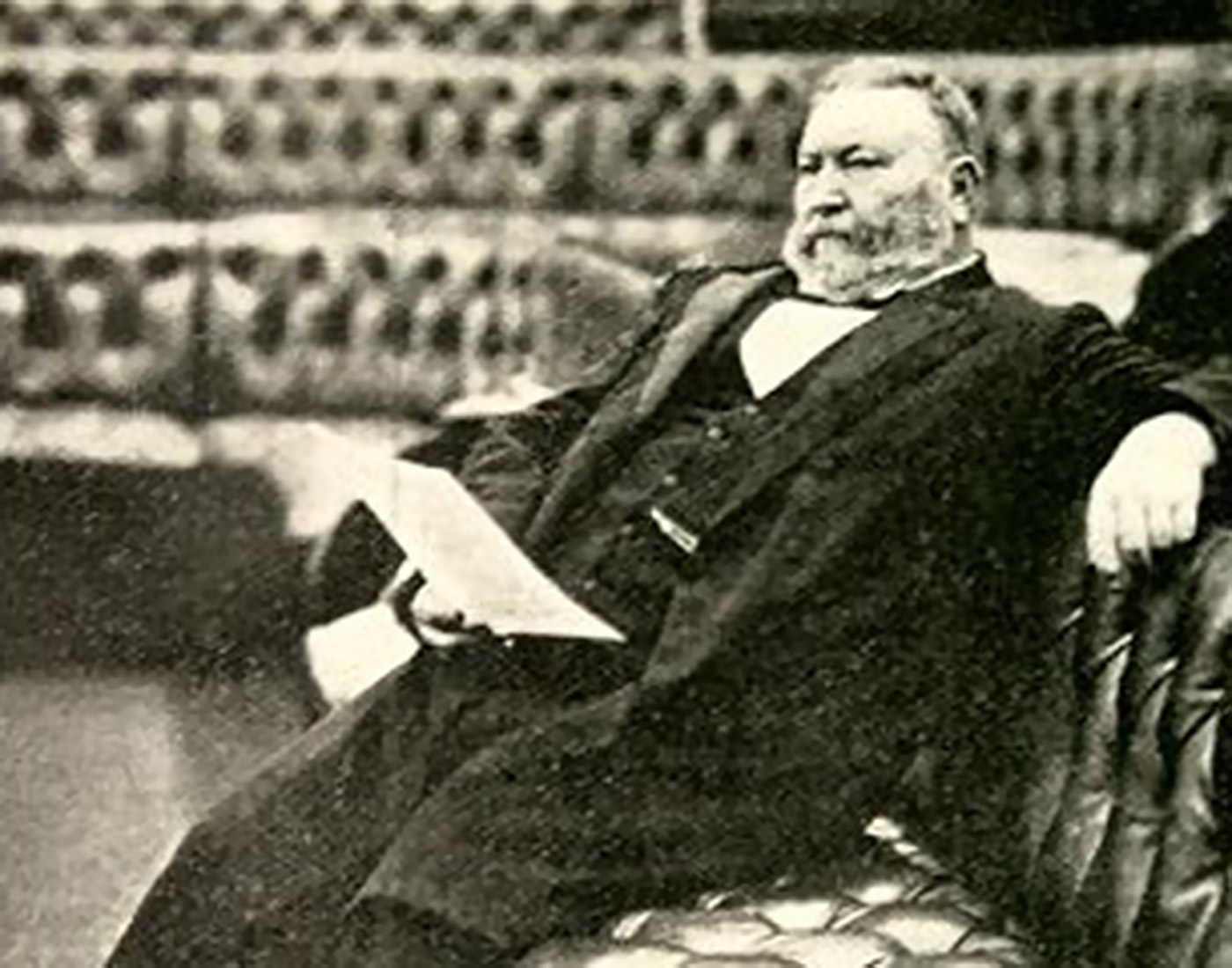 1900s
1900s -
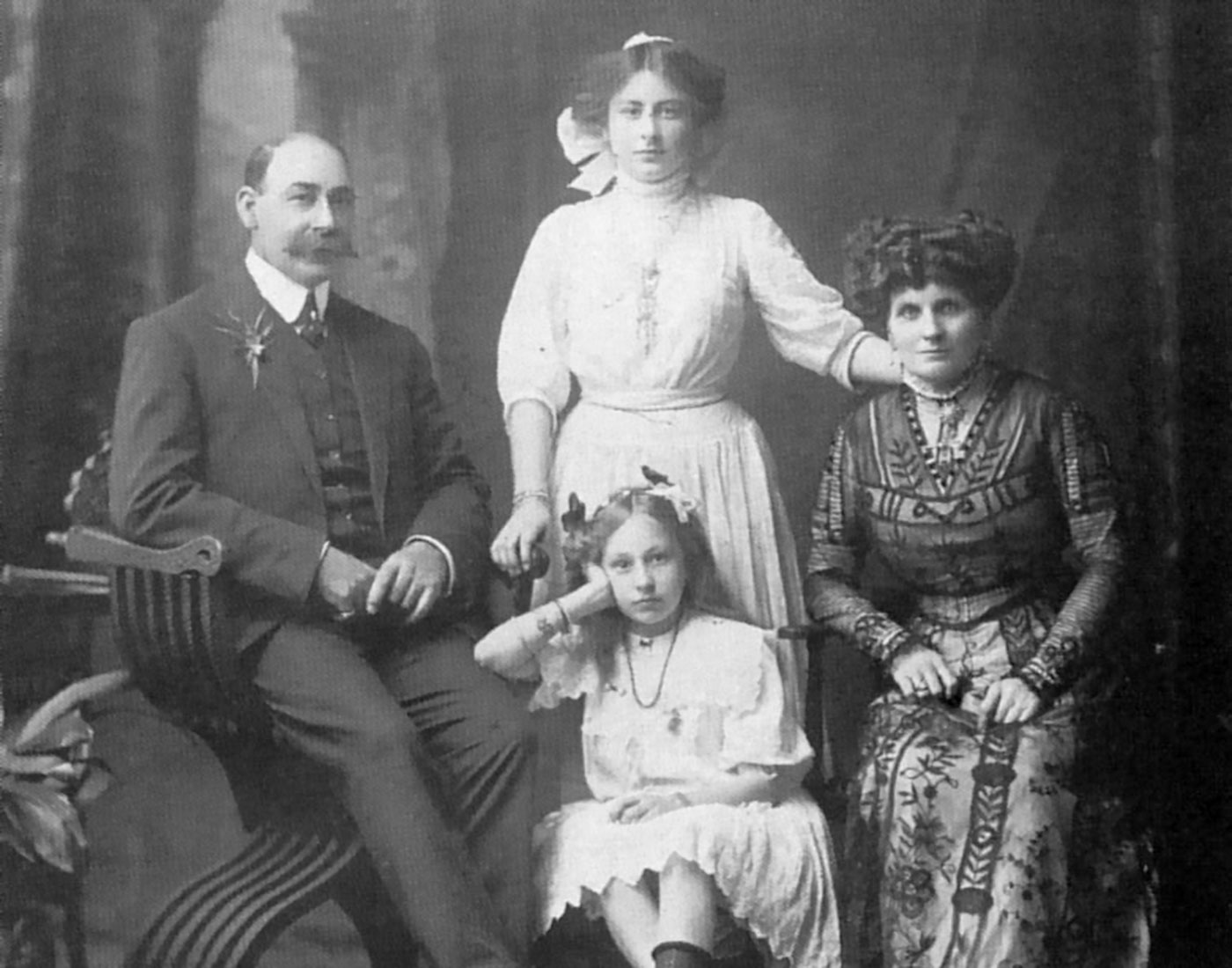 1910s
1910s -
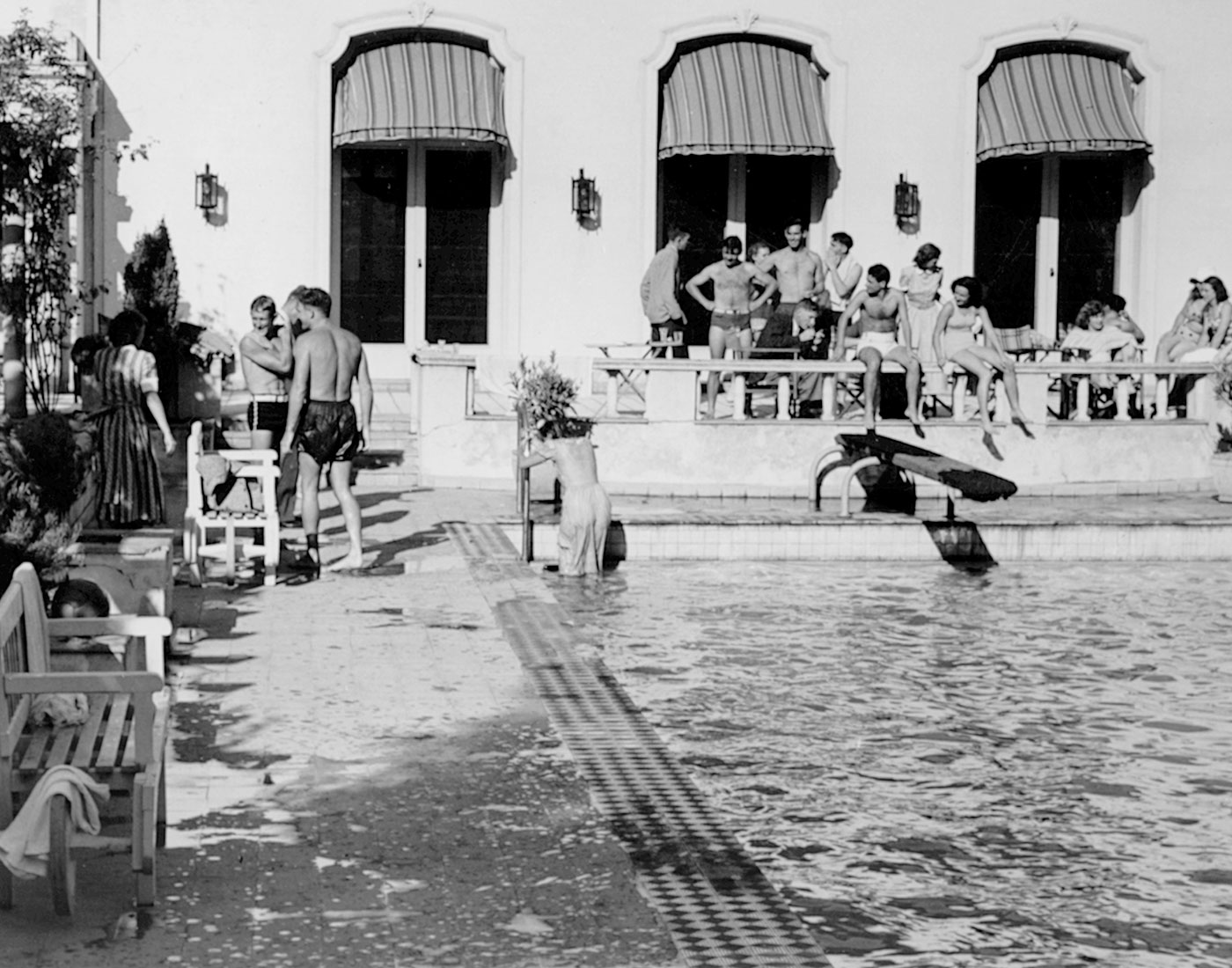 1930s
1930s -
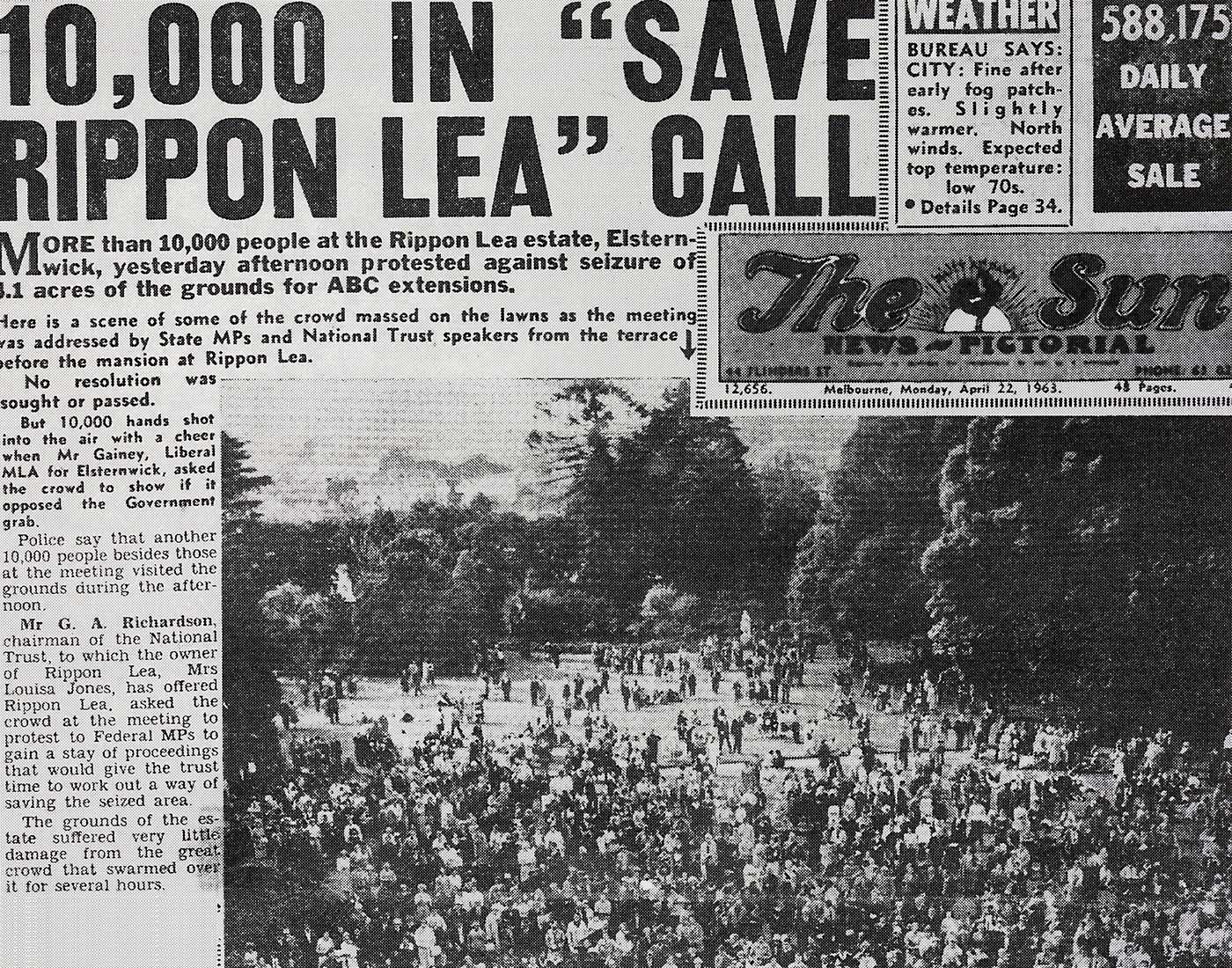 1960s
1960s -
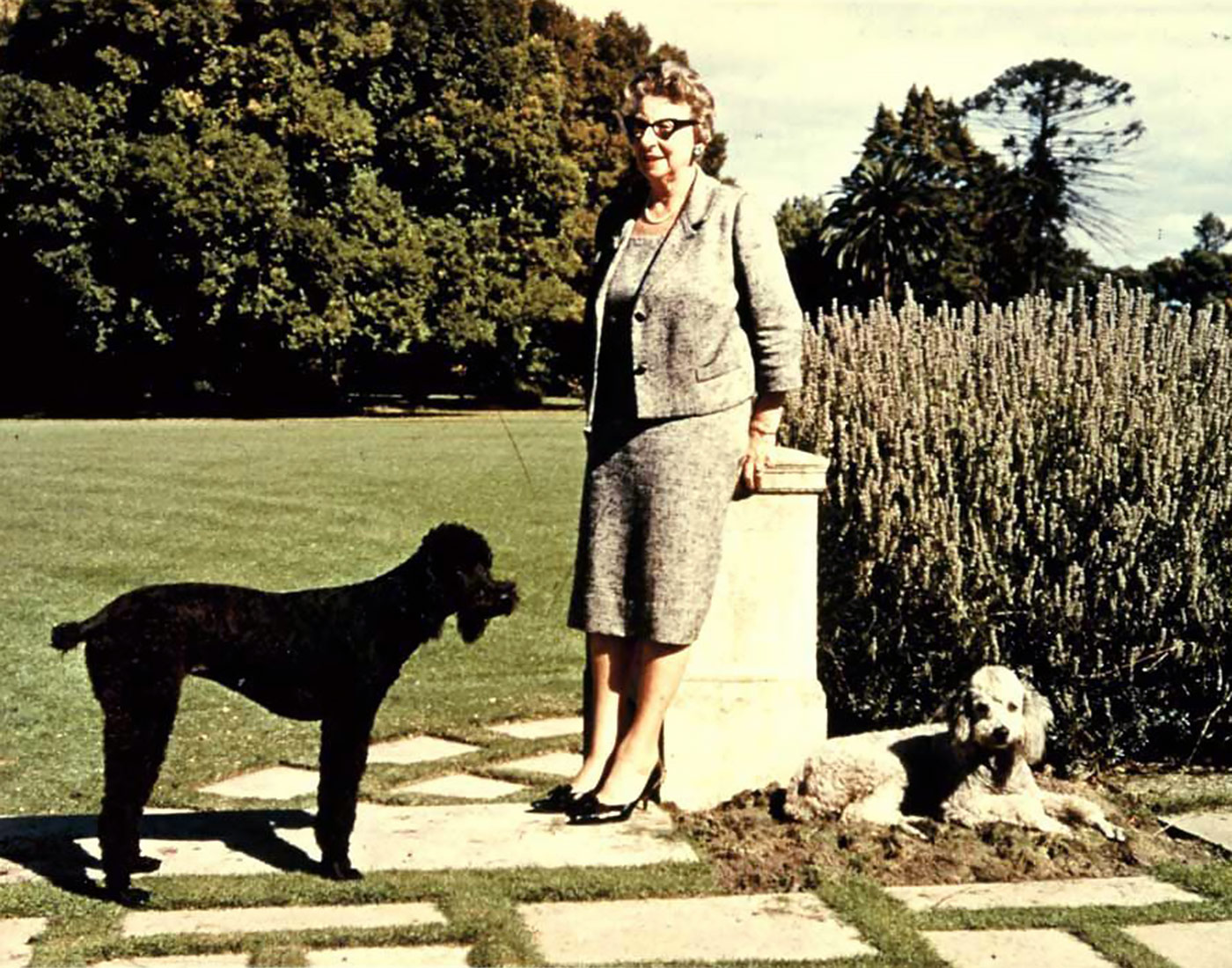 1970s
1970s
History
The Beginning
Development
Marian Sargood died in 1878 giving birth to her 12th child. Sargood took the family, three staff and a cow to England. The family returned at the end of 1882. While away, Sargood had remarried and fathered another child. He resumed his career as a member of the Colonial Parliament, becoming Minister for Defence. Rippon Lea was used as a place of entertainment including for visiting dignitaries from overseas. The Sargoods could be ‘at home’ to over 500 people. After the Sargoods’ return, the property was extensively renovated. The dining room was extended to its present size. A second floor was added to the rear wing and the tower was built. The kitchens were remodelled. A veranda was added to the west front. Construction began on a new, enlarged fernery. The drainage system was extended and the gardens re-designed in a slightly less formal style.
Expansion
Sargood was knighted in 1890. In 1897 the house was again renovated. The front entrance was remodelled into its present form. Many of the decorative features from this period remain. The Gentleman’s Washroom and Office were added. The Study was extended to the north and became the Drawing Room. The former Drawing Room became the less formal Sitting Room. The Dining Room was redecorated. The staircase was reconstructed in its present form. Side-lights next to the existing window and arched recesses were added. The house that originally had 6 bedrooms now had 11, some of which were for the staff. A large new bathroom was added upstairs. Sargood’s business continued to prosper in Australia and in New Zealand. Sargood was elected to the first Australian Senate in 1901. While on a trip to New Zealand he became suddenly ill. He died in January 1903.
Changing times
Now a widow, Lady Sargood sold Rippon Lea for 20 000 pounds and took her daughter with her back to England. She never returned. In addition to the sale of the property and the furniture, there was a special auction of the potted plants and orchids that were Sir Frederick’s pride and joy. The property was purchased by a syndicate headed by Thomas Bent who became Premier of Victoria in 1904. Bent never lived on the property. He used Rippon Lea for entertaining and charity events. He began subdividing and selling off some of the land, although he was careful to maintain the garden. Local streets including Bent Street and Elizabeth Street were created from the estate. Bent was forced from office in 1908. He died the following year while under investigation for involvement in land scandals. His death saved Rippon Lea from further subdivision.
Nathan Family
In 1910 the property was bought by Benjamin Nathan. This was the last time it would be sold. Nathan had made his money in the furniture business. He owned Maples Furniture and Music Stores. Maples had 15 stores in two states. Nathan moved to Rippon Lea with his wife and two daughters. He returned the house to a family home. An entrance lodge was built off Hotham Street. He continued to use the house for charity events such as those in aid of World War I-related causes. Like Sargood he was very interested in the garden, especially orchids. Rippon Lea orchids won numerous awards. Nathan introduced more native plants into the garden. He employed 14 – 17 gardeners. He built a large conservatory and 14 glasshouses. Visitors often came to see the garden.
Nathan died in 1935. His elder daughter Louisa (Lulu) inherited the property.
Keeping up with the Jones’
Louisa Nathan had become Mrs Jones in 1921 when she married lawyer Timothy Jones, with whom she had four children. After inheriting the property in 1935 she decided to modernise. She was influenced by Hollywood movies of the time. A new kitchen was built on the ground floor. The dining room was remodelled. Modern, green tiled bathrooms were installed. The original ballroom was removed and replaced with a swimming pool. The billiard room and museum was converted into a new ballroom. The entrance hall was altered to bring in more natural light. Turkish style carpets were replaced by plain leaf green ones. The colour scheme was made much lighter. Rooms were de-cluttered and presented in an elegant, neo-baroque style as made popular by Barbara Beaton. Mirrors were a strong feature of the new decoration scheme. The house was famous for entertaining and charity functions. Parties were held by the pool.
Save Rippon Lea
Timothy Jones died in 1958. In the early 1950s Mrs Jones sold some land to the ABC for their television studios. In 1963 the Federal Government put a Compulsory Acquisition Order on a further 4 acres of land to extend the studios. Mrs Jones fought the order to the High Court but lost. There was a demonstration against the acquisition that attracted 10 000 people. During 1963 Mrs Jones made arrangements so that, when she died, the house and land at Rippon Lea would pass to the National Trust. Her father had also wanted to see the gardens protected. Her children approved of these arrangements.
Gift to the Nation
Mrs Jones died in 1972. Following this, the Trust inherited the property and the Acquisition Order was withdrawn. The Rippon Lea that visitors see today is a tribute to Mrs Jones’ generosity as well as her tenacity in preserving the property.
Rippon Lea was opened to the public for the first time on Friday 22 February 1974 and 100,000 people walked through the doors in the first three months. Visitors could see peacocks roaming the grounds while geese, swans and other water birds populated the lake. One-time property manager Bruce McBrien lived in the mansion itself, the last person to do so. Ken Webb, chauffeur to Mrs Jones, also lived on site in a flat adjoining the Coach House.


 Rippon Lea House and Gardens
Rippon Lea House and Gardens